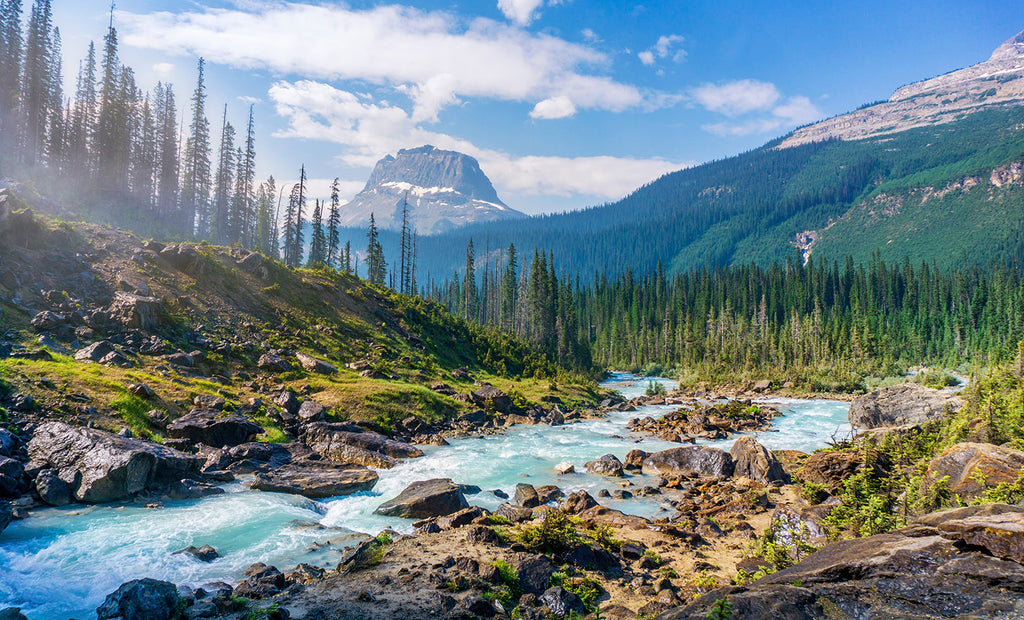Posted on June 29 2021

Photo by Holly Mandarich on Unsplash
--
By Ali Harford
National parks across the country are starting to face overcrowding issues: on popular weekends, parks fill up by 9 a.m. The Wall Street Journal reported that in April 2021, Arches National Park had 194,000 more visitors than in April 2019, and Yellowstone National Park had a 50% increase in vehicle entries this Memorial Day weekend as compared with Memorial Day weekend in 2019. 2021 is shaping up to be a record-breaking year in terms of national park visitation.
Parks are becoming overcrowded, and park employees becoming burned out, though the summer season just started. Many residents of park-adjacent towns and many park advocates are pushing parks to institute the same reservation systems they had in place for pandemic restrictions.
“This exponential growth is generating pollution and putting wildlife at risk to a degree that threatens the future of the park system,” wrote Michael Childers, an assistant professor of history at Colorado State University, for an opinion column in The Conversation. He argues that crowd control through reservation systems in national parks is essential considering their popularity.
But the other side of the debate centers around making national parks accessible for everyone. It’s no secret that people of color and people in lower economic classes are typically left out of, or don’t feel welcome in, the outdoors. A reservation system, some argue, could limit access to outdoor spaces even further.
An organization called “Public Lands for the People” started a petition against the reservation system currently in place at Rocky Mountain National Park.
“This system will create second-class citizenship for many Americans and will deprive them of fair use of natural wonders set aside for the benefit and enjoyment of the public,” the petition reads. At the time of this article being published, it has almost 4,500 signatures.
This year, six parks have chosen to keep their reservation systems: Rocky Mountain National Park in Colorado, Yosemite National Park in California, Haleakala National Park in Hawai’i, Acadia National Park in Maine, Glacier National Park in Montana, and Zion National Park in Utah. All reservations can be made on recreation.gov.
Here’s what to do if you want to visit. But keep in mind, reservations don’t guarantee parking!

Photo by Pascal Debrunner on Unsplash
Rocky Mountain National Park
Reservations to enter the park are available one month in advance and are needed through October 11. There are two types of reservations: one for the Bear Lake Road corridor, which leads to popular hikes like Emerald Lake, and one for the rest of the park. Reservations are only valid for that day and are made by arrival time: you must arrive within the window of your reservation (for example, from 5 a.m.-7 a.m.), but you can leave at any time.

Photo by Cameron Venti on Unsplash
Yosemite National Park
Reservations to enter the park went on sale on May 12 on recreation.gov and are needed through September 30. A small number of reservations can also be booked exactly one week before the arrival date and become available at 8 a.m. Pacific Time. The reservation is valid for three consecutive days.

Photo by Rina Miele on Unsplash
Haleakala National Park
This national park has had a reservation system in place since 2017 for their sunrise viewing spot on Pu’u ‘Ula’ula, the highest peak on Maui. Vehicles that enter the park from 3 a.m. to 7 a.m. are required to have a reservation. Reservations can be made 60 days in advance, and some last-minute reservations become available two days before the desired date.

Acadia National Park
Acadia has another popular spot to see the sunrise—Cadillac Mountain—and requires a reservation to do so. Reservations are currently released through September and are required until October.

Photo by Hendrik Cornelissen on Unsplash
Glacier National Park
Glacier’s most popular road, Going-to-the-Sun, which connects the park’s popular hiking destinations, requires reservations this summer. Reservations open 60 days in advance and are required through September 6. A handful of last-minute reservations are available 48 hours in advance and are released at 8 a.m. Mountain Time.

Photo by Sebastien Gabriel on Unsplash
Zion National Park
Zion’s shuttle system, which leads to the most popular hikes in the park, requires you to reserve a ticket. Reservations are released every two weeks and are released at 5 p.m. the day before the desired date. Walk-up tickets also become available in the afternoons, from 3 p.m. to 5 p.m., and are first-come, first-served.
Read more posts about National Parks
Explore National Park Maps






0 comments